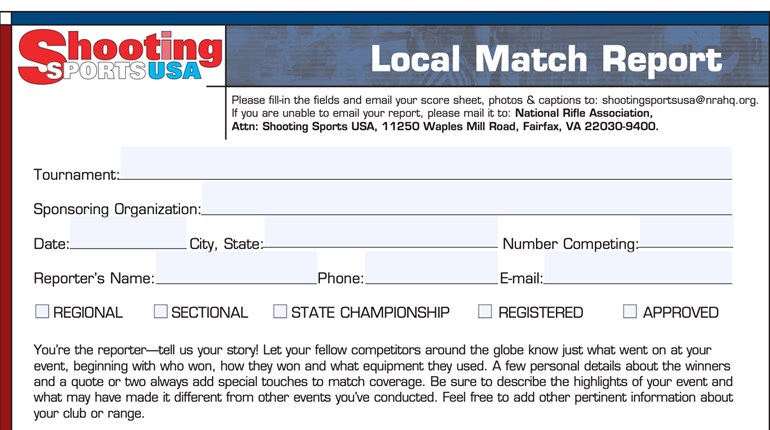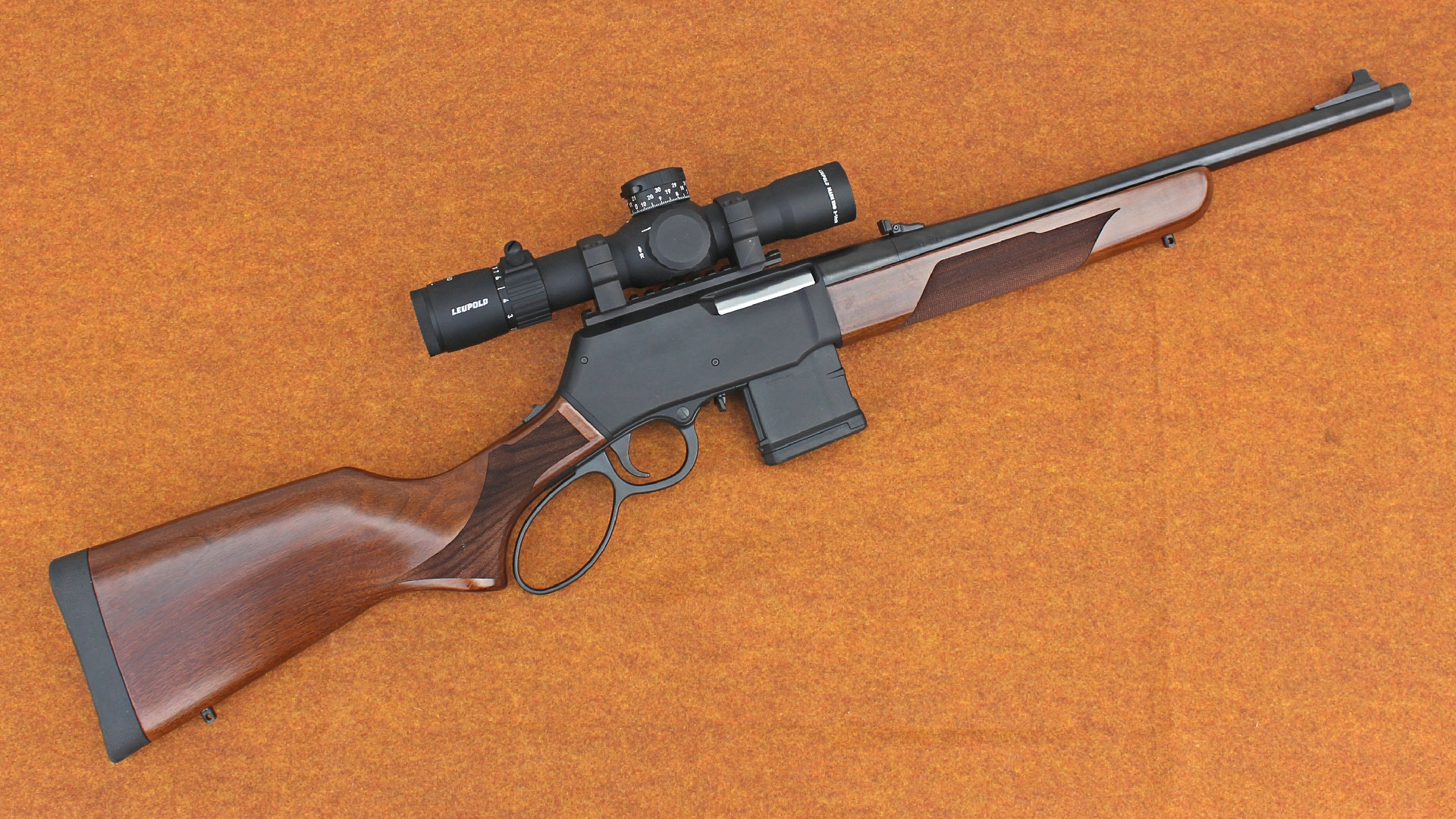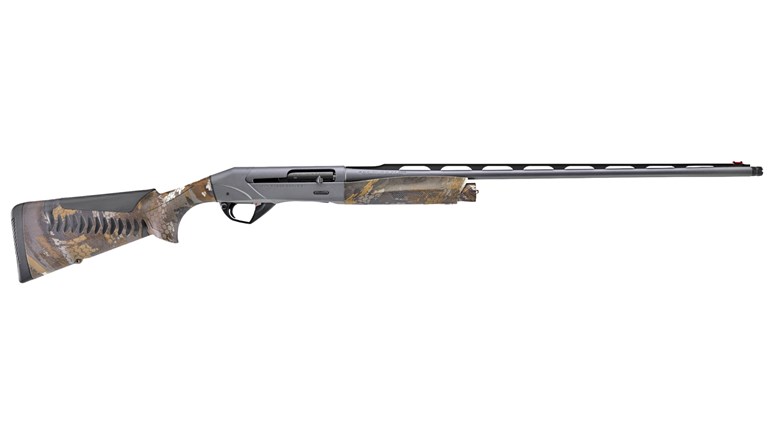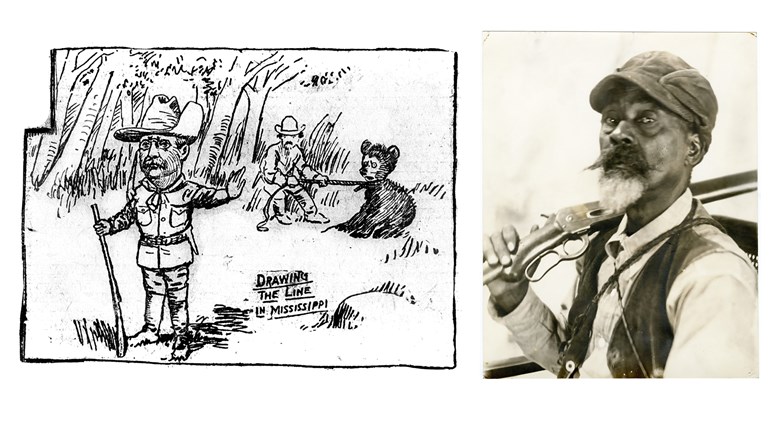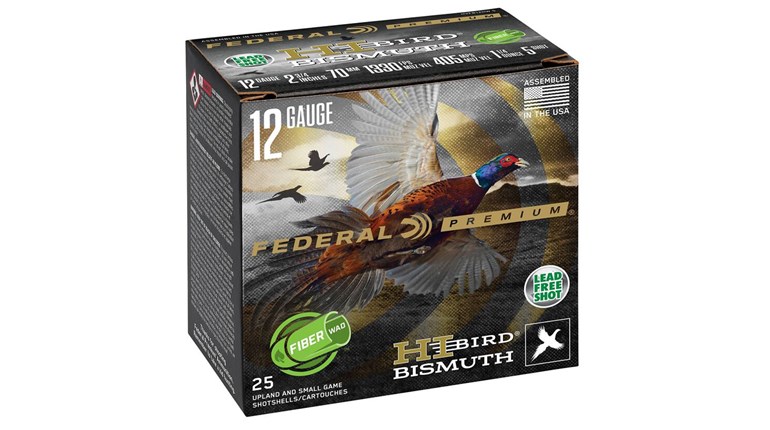
Not again, I thought as the coyote parked himself 600-yards away searching the landscape for a view of the sound makers he heard from afar. Of course, I was the sound maker. I was creating a choregraphed drama of dying critters along with a gleeful coyote celebrating with yips.
A few more sound nudges would not budge the bystander coyote and soon it bored of the show and left. I did the same soon after. Later that week I happened upon another predator hunter, and during our conversation he shared with me that he had called the same public land not once but twice in the previous weeks. His recount compared to mine, but again reinforced the need to separate myself from the crowded world of predator hunting. I witness the pressure every predator season, and I reside in the lowest-populated state in the nation, Wyoming.
If you experience paranoid coyotes, crowded public lands or even private lands open to any predator hunter who asks, think about ways in which you can score a predator win in a crowded field of hunting competitors.
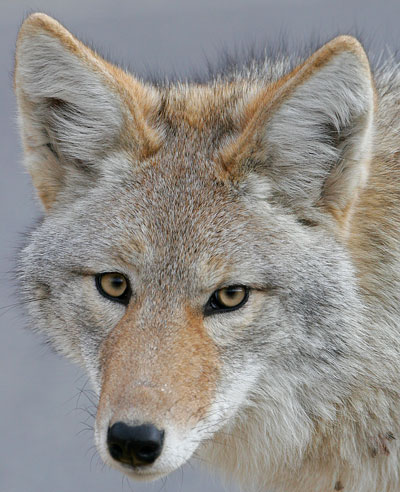
Find a Midweek ‘Weekend’
If you have the ability, move your weekend to midweek and take advantage of fewer hunters. Whether hunting public or private, most avid hunters find themselves lost in a whirlwind of work during the week. That leaves most properties less pressured or even totally vacant. Several studies also point to the fact that game has no aversion to evacuating public lands on busy weekends, dispersing to adjoining, less suitable properties. As soon as they sense the invaders have left, game returns to a normal pattern during midweek. What follows game like whitetails? Predators do, especially coyotes in cold weather searching for an item off the “Biggie Menu.”
Moving your weekend may not be a weekly option, of course. But you should search for ways to add a midweek day when you can. Maybe you work over a weekend or take advantage of “comp” time when your business travel occurs long into an evening. As a freelancer, I can create my own work schedule. My wife works Thursday through Sunday, so we have altered our weekends to the beginning of the new week. I often plan hunts on Tuesday. That allows any coyotes harassed on public lands to possibly return to those areas. And by ditching go-to sounds and coyote strategies (I mainly hunt coyotes), it sends a new message to coyotes. Coyote vocalizations, oftentimes just a few lone howls, do wonders on winter coyotes already on the hunt for a mating date.
Last year I hiked into a public area on a Wednesday morning and set up just at daybreak. Using a series of vocalizations and, later, some high-pitched rodent squeaks lured in a pair of coyotes about 45 minutes into the set. One circled wide and disappeared, but the second worked into 200 yards and sat to study the area where I hid. I ended his study session with an ELD-Match bullet. I never saw another hunter despite three different hunting seasons being open.
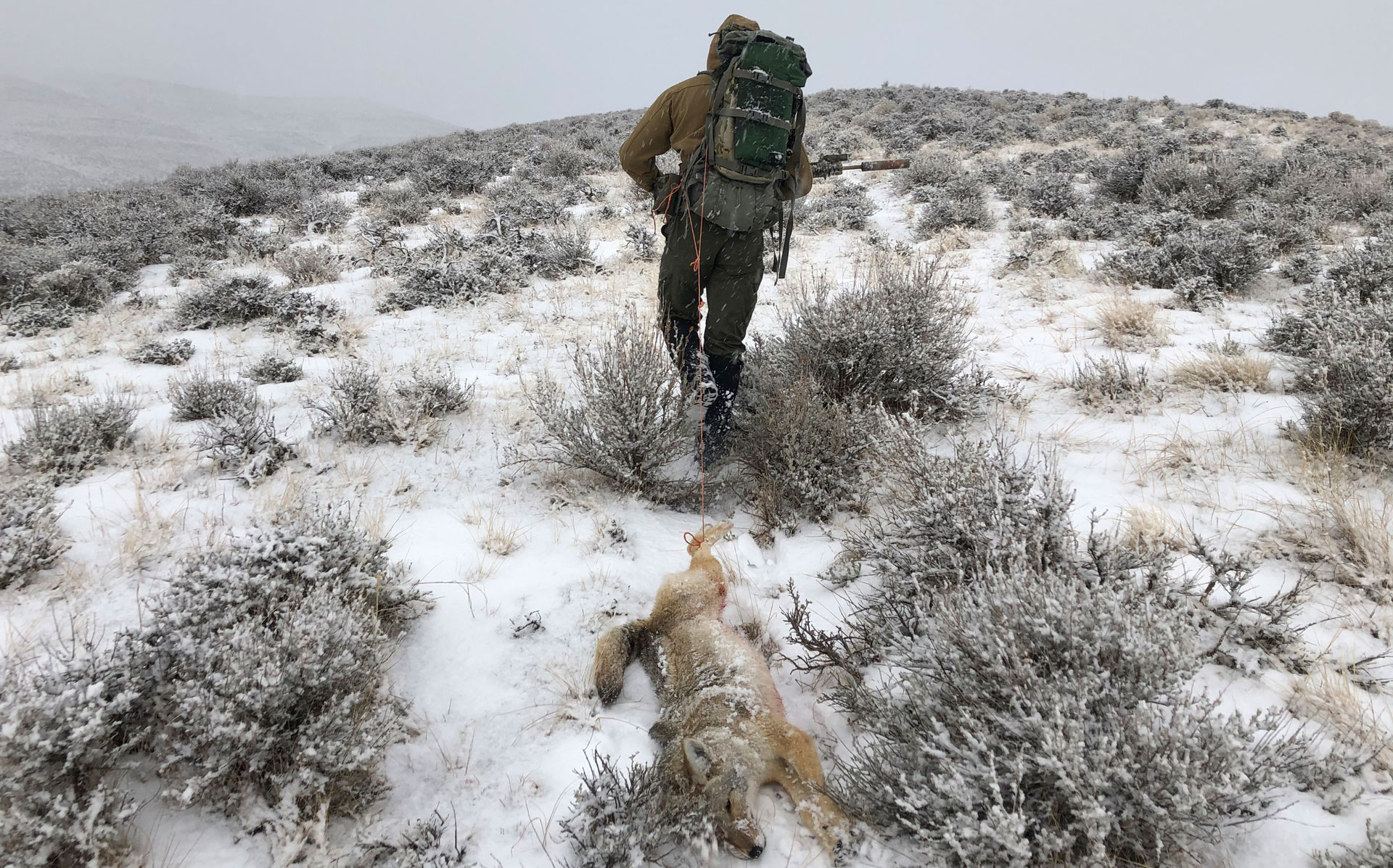
Hunt Where Others Won’t
You’ll be hard-pressed to find hunting areas where others won’t venture, but you can put a few elements together to lead you into areas with fewer boot prints. First, venture farther. Avoid hunting areas, especially public areas, near large urban centers. More people nearby lead to more hunters possibly venturing onto a property. Drive an hour or more from a population center to leave the crowds behind.
Next, get off the maintained roads. Rutted trails, muddy routes and rocky terrain that requires ATV or specialized four-wheel-drive maneuverability dissuades many. Public areas with good roads throughout garner more attention than public areas with questionable wheeled access. Many times, I unload my ATV near a county road, drive unmaintained trails to where they end then hike a distance to reach coyote country few have ever called. Rarely do I run into other hunters.
Long ride or not, hike a mile or more away from any road or trailhead access points. You could call a coyote near a road, but in heavily hunted areas the odds increase that someone has already attempted it. At daybreak, educated coyotes retreat from the bustle of humanity. Plus, according to your taxpayer-funded government studies, more than 70 percent of Americans are overweight and obese. Eighty percent do not meet minimum requirements for weekly physical activity. Public areas void of trails and encumbered with rugged terrain, or even water crossings, spell difficult access that study group avoids.
On a recent winter hike, I rode my ATV 3 miles off a maintained gravel road to where the trail ended abruptly due to a series of steep canyons. I hiked another 1.5 miles farther to find a deadfall at the top of an open basin. The sounds of a dying fawn were too much, and a big female coyote charged out of the pines to search the opening for the dying fawn. No need to range as she was in a trap that snapped shut with a tug of the trigger on my CVA Cascade.
Weather the Weather
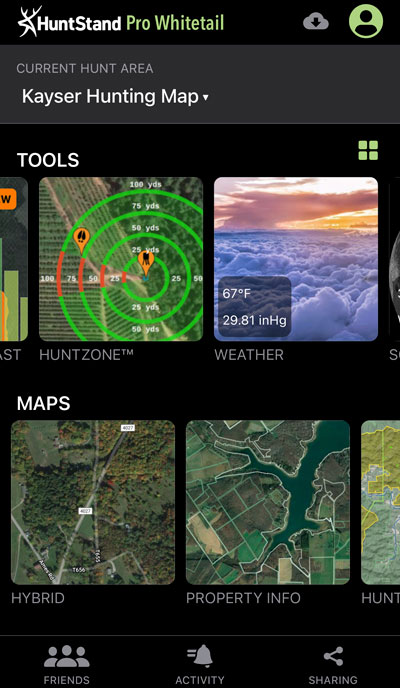
As a quinquagenarian (esteemed word for someone in his 50s), I admit to seeking forecasts that contain pleasant winter weather for hunting predators. Even so, when I come up against competition I use weather to my advantage. You will not find me trying to call in a coyote in a downpour, but snow, fog and even breezy conditions do not steer me away from a coyote hunt. The key is to choose weather conditions that others question or that may outright discourage others from a predator hunting attempt.
With the cost of fuel and time as an absolute costly gamble, your competition may utilize funds and time more prudently. That leaves you with less hunting pressure, but of course strategizing to put one in the win column. Keep these positives in mind. Unless you choose to hunt in an all-out snowstorm, falling snow adds a cloak to the background. It allows you to push farther into a predator’s homeland before calling. Snow reduces visibility and it prompts predators to hunt, particularly if the initial snowfall is to be followed by a true winter storm.
Fog mimics snowfall, but creates an even more beneficial veil across the land. I fully believe it emboldens coyotes to move even more aggressively at calls. It provides them with a confidence boost like what they experience at dawn, dusk or even nightfall. Use fog to push well into the territory of predators, especially hungry coyotes.
Breezy conditions turn off many hunters to a day of predator calling, but it’s yet another weather condition you may use to cover your moves. Predators do not necessarily stop hunting in the wind. They may lay low during a gale, but hunger drives predators to move even when it’s breezy. They also gain a bonus with a stiff wind: the ability to always have the wind in their faces with lots of information streaming at them.
Regardless of the weather event, listen to warnings from the National Weather Service. Travel advisories should be taken seriously. No pelt is worth the risk of rolling a vehicle, or worse.

Rise Early to Win the Race
Beating other public- or private-land hunters into a parcel does not earn you a spot on an Olympic team. It does earn you a spot to hunt predators before others arrive at a popular location. Set your alarm early to get a head start into land that receives hunting traffic. First, by setting your alarm an hour earlier than any normal hunter, you beat the crowd into the best hunting positions.
Field edges, river bottoms and food plots all receive attention, but by navigating in the dark you have your choice of the choicest locations. You also gain an even better advantage of invisibility over the previously noted cloak of weather. Use darkness, combined with terrain, to conceal your presence. Predators have excellent eyesight, but not Special Forces-night-vision-goggles-good. Swing wide around likely predator habitat, and position yourself before daylight. Odds are good your night moves will allow insertion without disturbing the area.
Besides top positioning on a property, your early-morning arrival may create a discouraging effect. How many times have you pulled up to a public hunting area or even a farm you hunt only to be bummed by the sight of others who have an obvious head start? Your vehicle parked at the trailhead or parking area may be all it takes to discourage competition.
The race to beat other hunters aside, early mornings allow you to call during a time period that predators utilize to finalize a hunt or travel to suitable habitat for daytime refuge. And for me, getting in a set or three before noon gives me the afternoon to complete some honey-dos, horse chores or—gasp!—just relax on the couch.
Hunt the Holidays
This one may not go over for some, but I will throw it out there anyway. Look at the calendar ahead and note all holidays, community events and even national events. If the affair looks crowd- or family-worthy, it might signal a solid opportunity to skip the socializing and experience hunting property void of others.
I have had many great coyote hunts on Christmas Eve, New Year’s Eve, New Year’s Day, Presidents Day and yes, even on Super Bowl day. My personal tradition for years has been to do an afternoon hunt on Super Bowl day because you literally never run into anyone. The sun sets early in the winter, giving me plenty of time to return home, watch the halftime performance (if worthy) and catch the end of the game. With two top contenders, the last half typically is the best half.
One Super Bowl Sunday the temperature plummeted to below zero, but hand and foot warmers, plus my cold-weather-best clothing warded off the wickedest. For the first 30 minutes the white landscape before me was eerily empty. Then, about a mile out I could see a dot crossing the horizon. A look through my binocular confirmed it as a coyote on a steady walk in my direction. I ripped another howl to speed it along, but the coyote continued at its leisure.
With numbing hands and the cold penetrating my prone position, I did not know if I could last on the coyote’s timetable. With light down to its last glimmer, the coyote walked up from behind a ridge and stood for another survey of the sagebrush. Trying to control my shivers, I aimed the jittery crosshairs with just enough stability to land a V-Max touchdown. Having the public land to myself on Super Bowl Sunday was a bonus, but I did not revel in the celebration as I hustled myself and the dead coyote back to the warmth of my truck.

Bergara’s Lightweight Rig Leaves Others Behind
I’ve had my share of coyote rifles over the years. Most easily surpass the weighty 12-pound mark beefed up with heavy barrels and optics. Most recently, I’m outfitting a rifle that could possibly end up in the 9-pound-or-less category. Bergara may hold the answer with its new rifle chambered in the coyote-killing .22-250 Rem.
To create the B-14 Squared Crest Carbon, a rifle that weighs only 6.3 pounds minus optics and gadgetry, Bergara combines two lightweight components. First, the rifle rallies around a 100 percent carbon fiber stock that withstands the harshest of terrains and produces rigidity and strength via an internal carbon spine. The second element is Bergara’s proprietary CURE carbon fiber barrel. Using strands of stainless steel interwoven with carbon, the lightweight, yet stiff barrel guarantees heat reduction and sub-MOA accuracy with factory ammunition like Hornady’s Superformance Varmint.
Overall accuracy is assisted by the B-14 action along with a launch facilitated by a Performance trigger. It is a single-stage, 3-pound-pull-weight factory-set trigger adjustable from 1.5 to 3.5 pounds. Easily personalize your pounds with an Allen key.
The lightweight rifle includes a five-round AICS detachable magazine to stack up a V-Max attack. A choice of six calibers to tackle anything from prairie dogs to Alaska-Yukon moose includes .22-250 Rem., 6.5 Creedmoor, 6.5 PRC, .308 Win., 7mm PRC and.300 Win. Mag. Barrels are threaded 5/8x24 TPI for suppressor attachment. bpioutdoors.com













